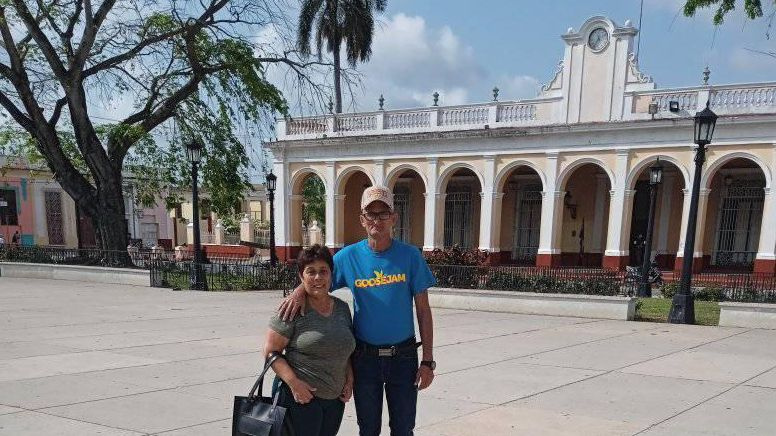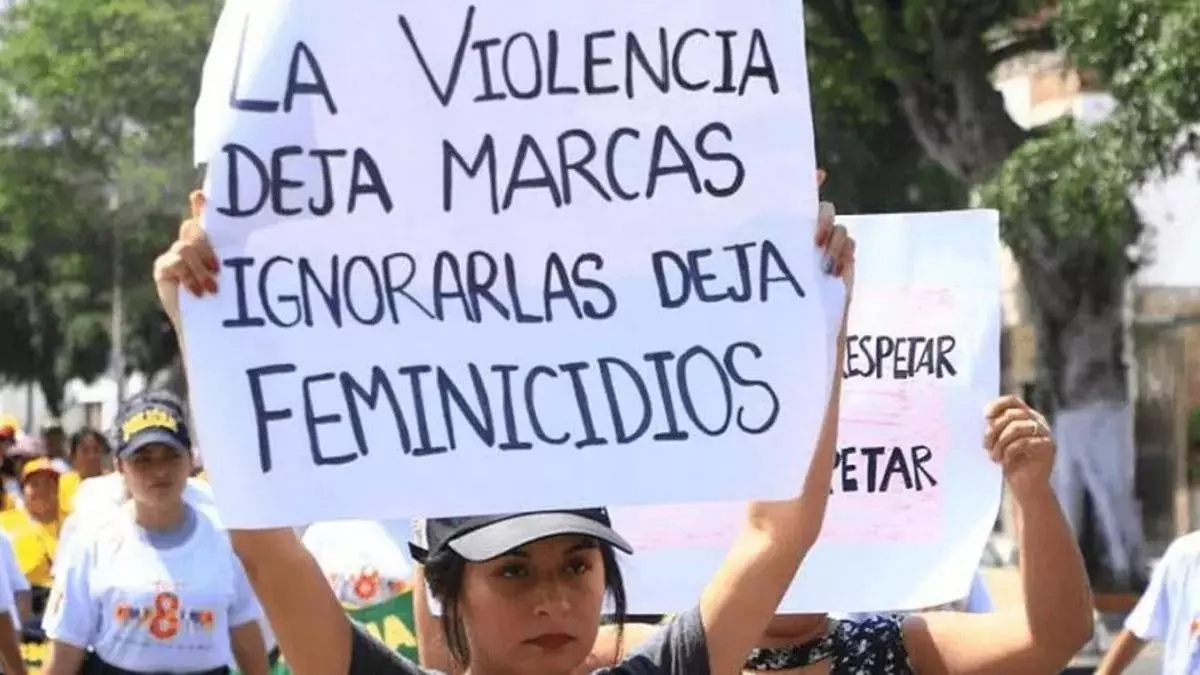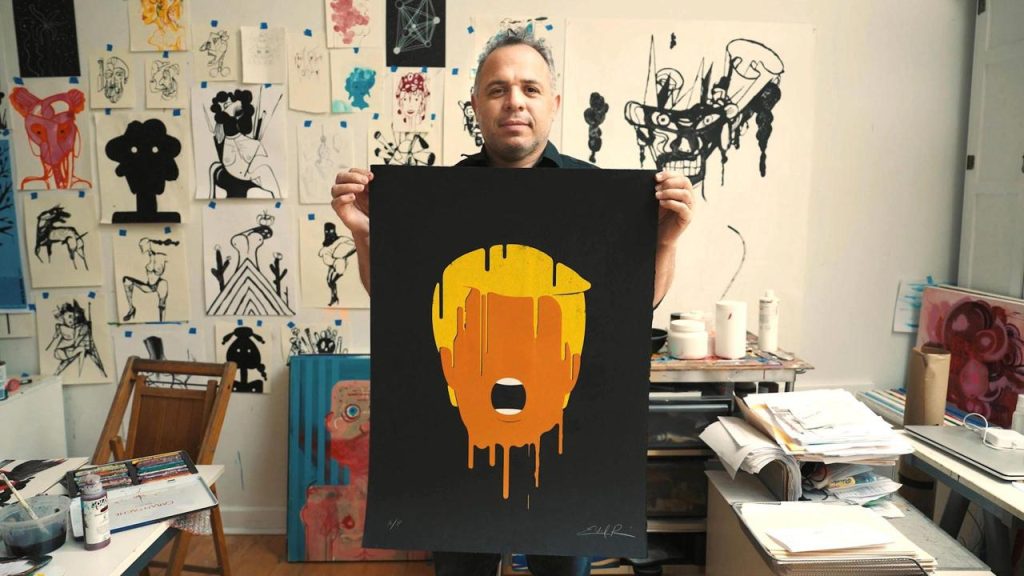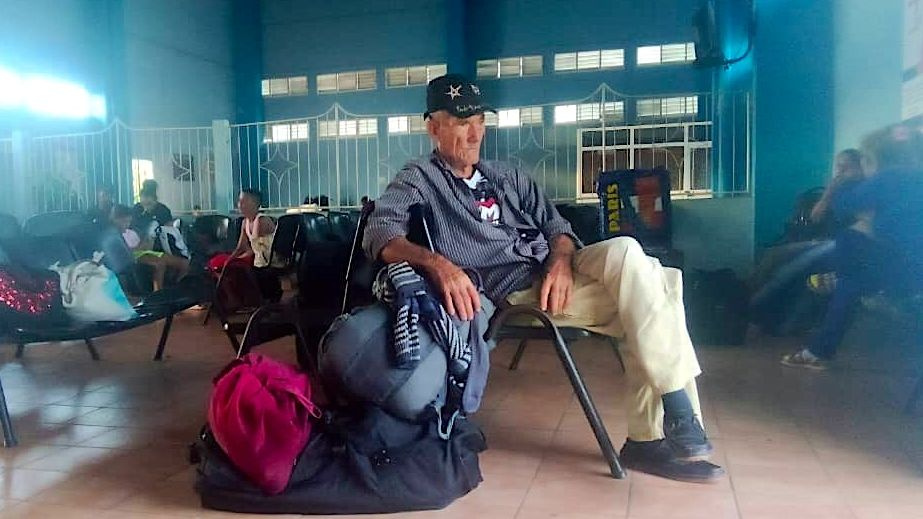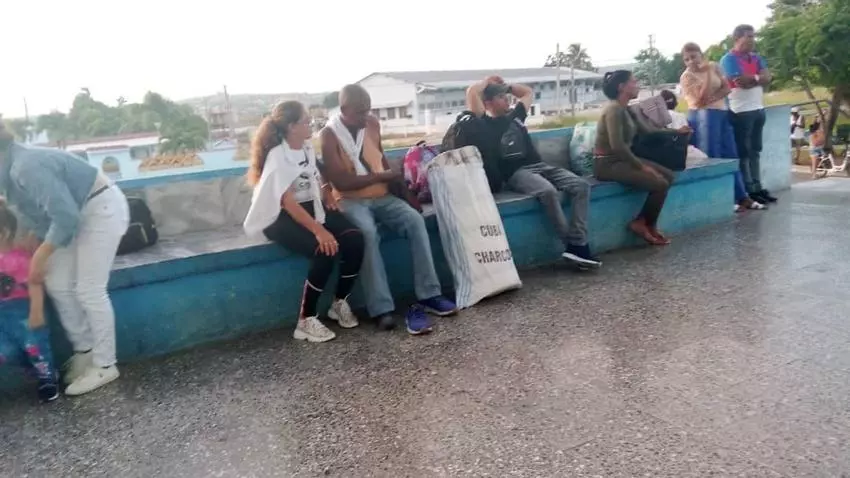The four cars can carry between 600 and 700 people, for a price ranging from 135 to 150 peso
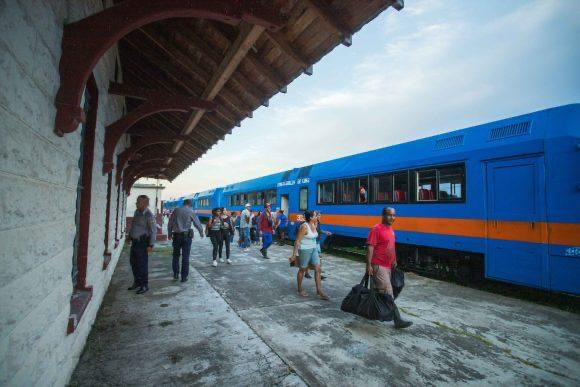
![]() 14ymedio, Havana, 25 July 2025 — Ferrocarriles de Cuba has relaunched one of its most popular routes and, at the same time, one of the most irregular: the train from Holguín to Guantánamo. With the energy that only the 26th of July brings, the company announced this month that the reopening of the route is not only “a temporary measure for the summer season, but is planned as a permanent transport solution”. That is, as long as there is fuel and functioning technology, the same two issues that kept the thing at a standstill for months.
14ymedio, Havana, 25 July 2025 — Ferrocarriles de Cuba has relaunched one of its most popular routes and, at the same time, one of the most irregular: the train from Holguín to Guantánamo. With the energy that only the 26th of July brings, the company announced this month that the reopening of the route is not only “a temporary measure for the summer season, but is planned as a permanent transport solution”. That is, as long as there is fuel and functioning technology, the same two issues that kept the thing at a standstill for months.
The official press release on the restarting of the line seems to be an exact copy of the one published a year ago with the same announcement. At that time, the train travelled on alternate days and the authorities promised that the route would not disappear again. By November, however, the route was only running on Saturdays due to a lack of fuel and, at the beginning of this year, it was suspended again.
The train was suspended as soon as the harvest began and the wagons were put back to their original purpose: transporting cane.
A year earlier it had had the same problem. After starting to operate with machinery from the sugar industry, the train was suspended as soon as the harvest began and the wagons were destined for their original purpose: to transport sugar cane.
With such a “track record”, it is not surprising that passengers doubt the reliability of the service, which reappears only around National Rebellion Day.
Given the doubts, the authorities claimed that the train had a broken locomotive, which made it impossible – due to the chronic lack of these engines on the island – to resume the service. According to Pedro Durruty Martínez, deputy director of Ferrocarriles in Guantánamo, bringing back the train “required repairs and structural modifications to guarantee the continue reading
The route was fixed for Tuesdays, Thursdays and Saturdays, with five wagons.
The media describes the maintenance work as a “feat”, which entailed the manufacture from scratch of the necessary parts by the workers of the Guantanamo workshop Vanguardia Proletaria.
The route is set for Tuesdays, Thursdays and Saturdays, with five carriages — four for passengers and one for parcels and luggage — and capacity for between 600 and 700 people. The price, according to the Communist Party newspaper, ranges between 135 and 150 pesos “depending on the section, a rather more affordable alternative to private transport”.
“And what about Santa Clara to Morón?”
Far from celebrating the news, as the authorities expected, passengers have taken to the press to criticise the poor state of the railways. “A lot of people hope that in this holiday season, August, the Bayamo-Guantánamo train, which has not been running for years, and also the Holguín train, will be started up. They could alternate them and so help families who are separated by high ticket prices and the limited availability of transport,” suggested someone in Granma.
“And what about Santa Clara to Morón , which hasn’t run for over six years and nobody knows anything about it?” another reader asked in Cubadebate.
Ferrocarriles de Cuba has added other routes, although most have been in the western provinces. In Havana, the train to Expocuba, which the authorities went on about as an option for visiting the park during the summer, was started up in early July.
The train to Playas del Este takes more than an hour and a half for a journey of just 25 kilometres.
However, on a visit to the fairgrounds – using the line – 14ymedio saw that the train was travelling practically empty and that, of the passengers who get on, hardly any went to the final destination. With three carriages and a price of 20 pesos, the vehicle is designed to carry 204 people and makes stops in Luyanó, Dolores, La Víbora, Naranjito, Miraflores, Los Pinos, Alcázar, Arroyo Naranjo, Galápagos, Calabazar and La Piscina.
Around the same time, it was also reported that the train to Playas del Este, which takes more than an hour and a half for a journey of just 25 kilometres, was launched.
Earlier, in June, the Los Arabos-Matanzas route was revived. The Matanzas Provincial Transport Directorate announced on that occasion that the line will run on Mondays, Wednesdays and Fridays, departing at 4:40 a.m. and returning at 3:30 p.m. Initially, it will have only two cars of 80 passengers each, with the possibility of increasing to four in the future.
Translated by GH
____________
COLLABORATE WITH OUR WORK: The 14ymedio team is committed to practicing serious journalism that reflects Cuba’s reality in all its depth. Thank you for joining us on this long journey. We invite you to continue supporting us by becoming a member of 14ymedio now.

